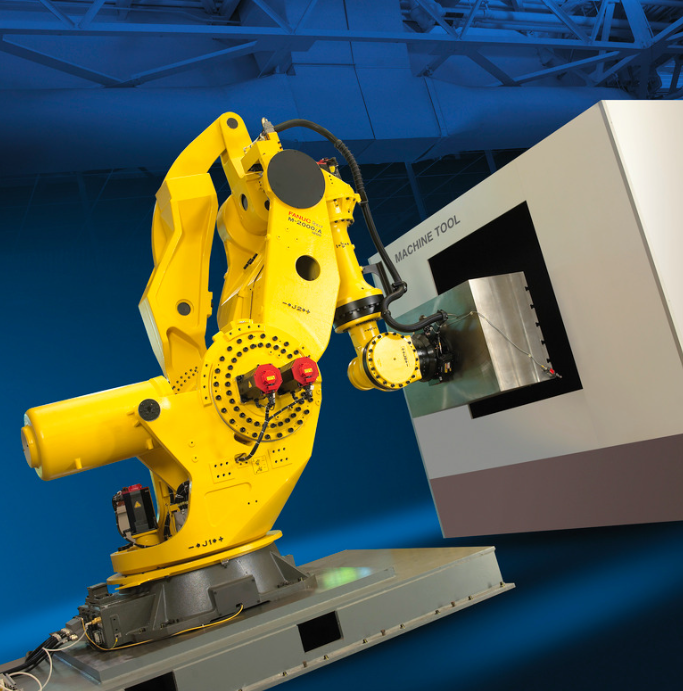In the last few years, Computer Numerical Control (CNC) machining has revolutionized the field of engineering and manufacturing. CNC machines combine traditional machining techniques and digital technology to produce high-precision components. This article focuses on CNC machining’s mechanics, advantages and its diverse applications, emphasizing its impact on modern engineering.
The Mechanics of CNC Machining
CNC Machining, also referred to as subtractive manufacturing is a method that removes material to form an ideal form from a piece metal. This process uses pre-programmed computers that direct the movements of machinery. The code generated by CNC machines is dependent on the kind of machine being employed and the level of complexity of the item. The principle behind the CNC machine remains the same. A high-speed cutter is used to precisely cut away the material to create the final piece.

Precision is one of the most important advantages of CNC machine. Digital machining produces a highly accurate and consistent product that minimizes the possibility of human errors. This level is critical in areas like aerospace, medical devices as well as automotive manufacturing where even minor deviations could result in grave consequences.
The role of computers that are digital in CNC machine operation
CNC machining accuracy and efficiency are driven by the convergence of technology with digital. CNC machines are controlled by specialized software, which makes the entire manufacturing process more efficient. The software transforms computer-aided design (CAD) models into a series of precise instructions that the CNC machine then follows to create the part. These instructions specify everything from the speed the cutter is operating, its direction and angle the cutter to the depth of the cut.
In larger industrial facilities on a scale computers can be connected directly with CNC machines. This makes it possible to communicate seamlessly and control. This integration allows for real-time monitoring, which guarantees optimal performance and reduces downtime. Automating CNC machining allows continuous operation. This increases productivity and reduces lead times.
The Advantages of CNC Machining
CNC machining offers numerous advantages over conventional manufacturing techniques. One of its biggest advantages is the fact that it produces intricate and complicated parts with great precision. CNC machining accuracy minimizes the need for adjustments and rework that are manually performed. CNC machines operate continuously which is ideal for high-volume production.
CNC Machining also has another benefit that is flexibility. With a simple change of the program the machine is able to make various components. CNC can be adapted to any need and is ideal for prototyping and mass production. This allows manufacturers to rapidly adapt to changes in market demand.
Automating CNC machining increases safety at work. As accidents and injuries are reduced by limiting the need for manual intervention. Additionally, the consistency in quality of CNC-machined parts enhances product reliability and performance, resulting in the satisfaction of customers and a good reputation for brands.
CNC Machining Services Benefits for Industries
Efficiency, precision and flexibility are the primary benefits of CNC machining. CNC machines are utilized in the aerospace industry to produce critical components which must meet strict safety and performance requirements. CNC machining is crucial in the medical field for complex surgical devices and implants, where precision is crucial.
The automotive industry uses CNC machining to manufacture engine components, transmission parts as well as intricate exterior and interior features. Electronics companies also profit from CNC-machined small and intricate parts that are used in consumer electronics or communication devices. The jewelry and art industries too use CNC technology to create unique pieces and intricate designs.
The Future of CNC Machining
CNC machines will be able to increase as technology continues to progress. The capabilities of CNC technology will be further pushed by innovations such as multi-axis machines as well as additive manufacturing and the development of advanced materials. Additionally, the ongoing advancement of machine learning and artificial intelligence will likely enhance the efficiency and precision of CNC processing.
CNC machining has had a significant impact on manufacturing and engineering in the modern era. CNC machines offer unparalleled accuracy and versatility. The capability to create extremely precise and complex components is a key tool for various industries. CNC machining is expected to play an important role in the future as technology advances.